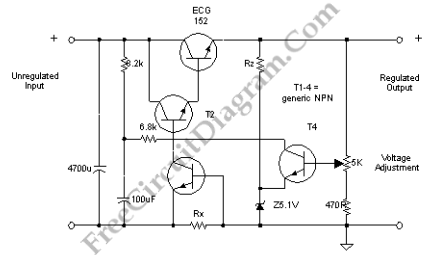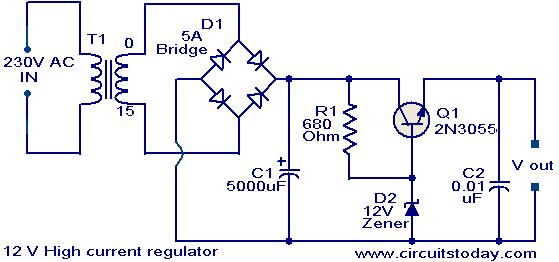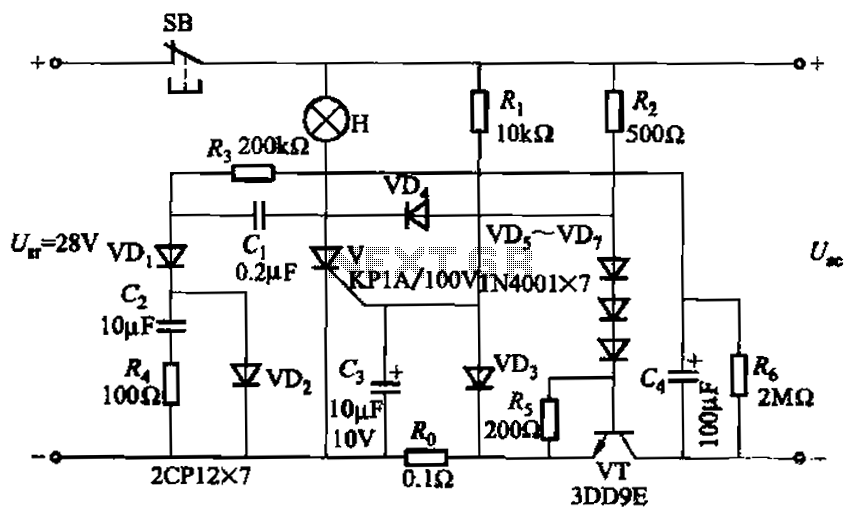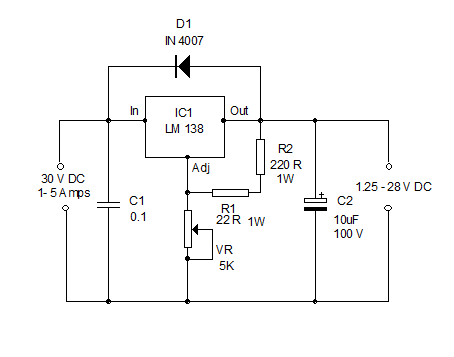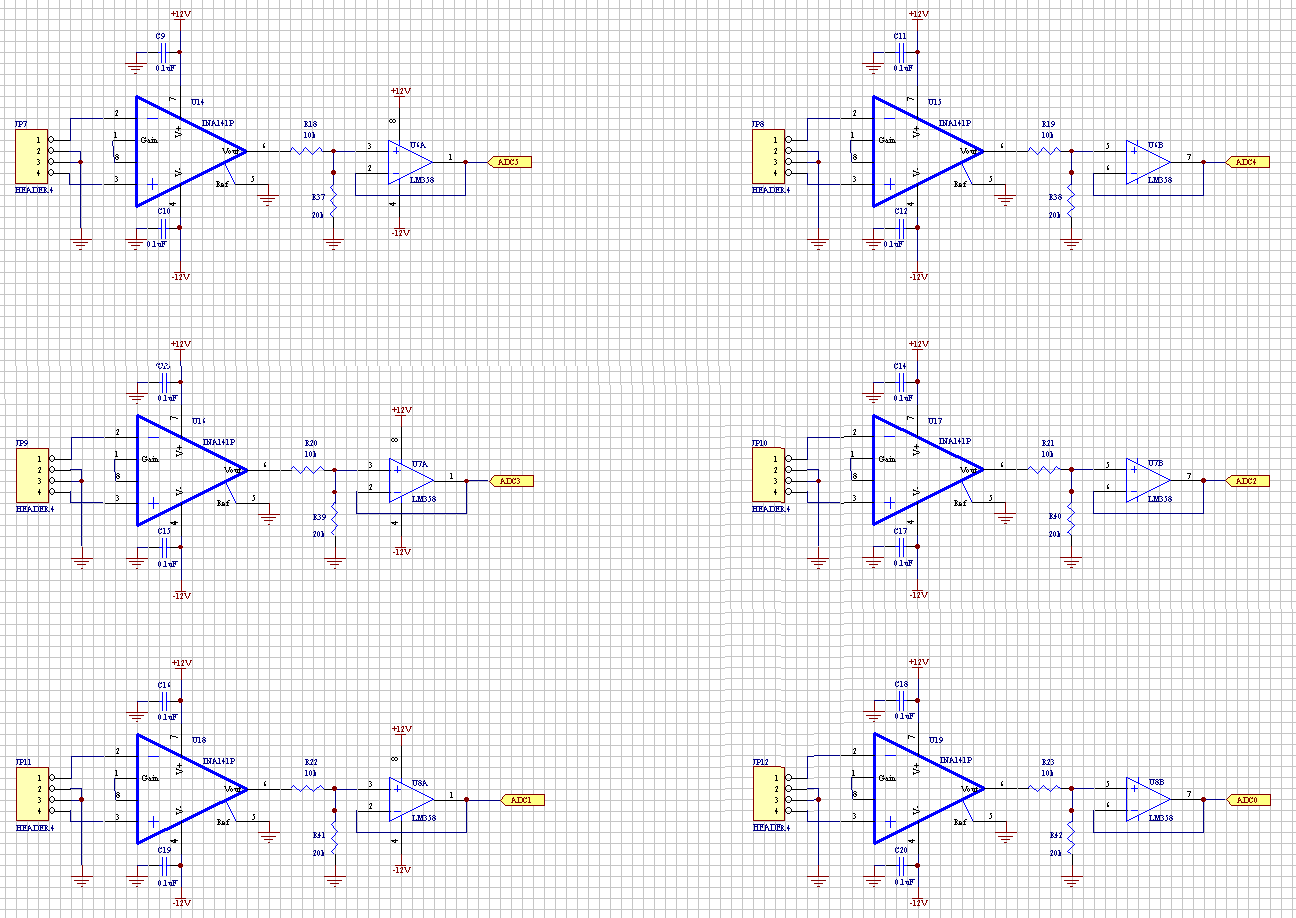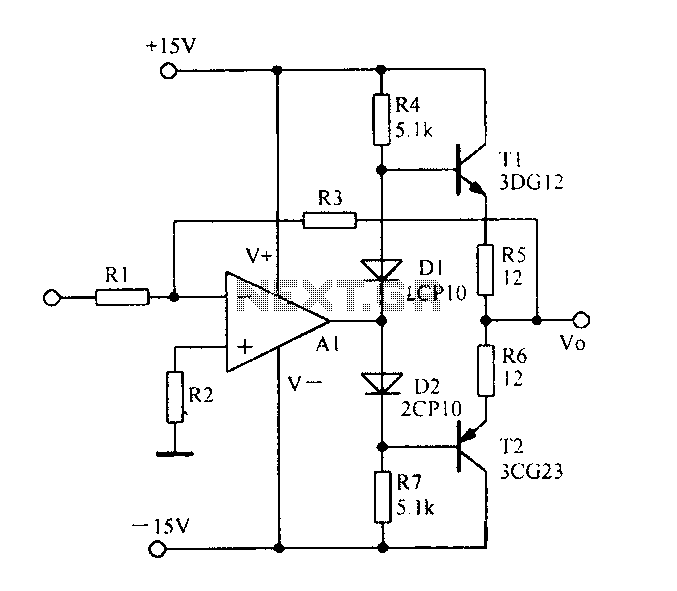
Clamp stay current probe compensator
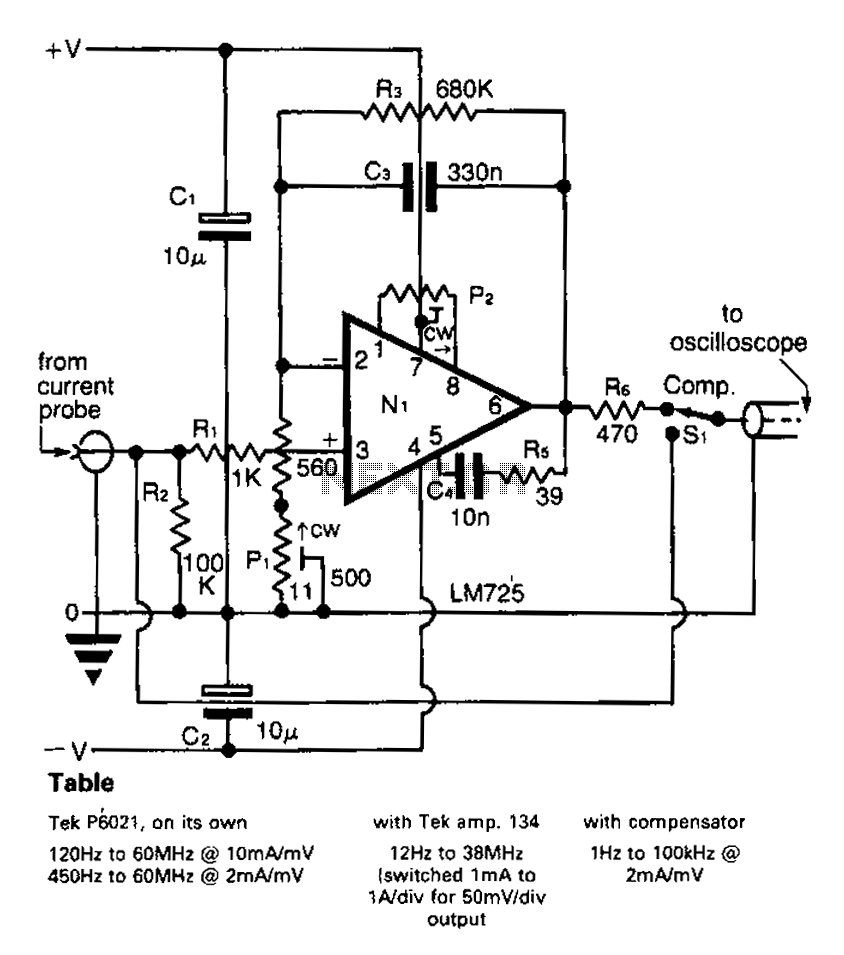
A clip-on current probe, like the Tektronix P6021, is a valuable tool for displaying current waveforms on an oscilloscope. However, it has limitations in low-frequency response. Specifically, the P6021 is sensitive to a range of 2mA/mV, and frequencies below 450 Hz experience a roll-off of 6 dB per octave.
The Tektronix P6021 clip-on current probe is designed for non-invasive measurement of current waveforms in various electronic circuits. This probe allows for easy attachment to current-carrying conductors without the need for direct electrical contact, thereby minimizing disruption to the circuit under test. The probe operates effectively within a specific sensitivity range, which is critical for accurate measurements.
The sensitivity of 2mA/mV indicates that for every 2 mA of current flowing through the conductor, the output voltage will be 1 mV. This level of sensitivity is useful for capturing small current variations, making the P6021 ideal for applications involving low-level signals.
However, the performance of the P6021 is constrained at low frequencies. Below 450 Hz, the probe exhibits a roll-off of 6 dB per octave, which means that as frequency decreases, the output voltage decreases at a rate of 6 dB for every doubling of the frequency. This characteristic can lead to inaccuracies in measurements of low-frequency signals, as the probe may not effectively capture the full waveform, potentially resulting in distorted representations of the current.
In practical applications, users must be aware of these limitations when using the P6021 for low-frequency measurements. For optimal results, it is advisable to operate the probe within its specified frequency range and consider alternative measurement methods or equipment for low-frequency applications that require higher fidelity. Clip-on current probe, such as the Tektronix P6021 current waveform for oscilloscope display is very useful. Unfortunately, for the low-frequency response is always some limita tions, as follows: For P6021, sensitive to the range of 2mA/mV, when the frequencies below 450 Hz per octave rolloff 6dB.
The Tektronix P6021 clip-on current probe is designed for non-invasive measurement of current waveforms in various electronic circuits. This probe allows for easy attachment to current-carrying conductors without the need for direct electrical contact, thereby minimizing disruption to the circuit under test. The probe operates effectively within a specific sensitivity range, which is critical for accurate measurements.
The sensitivity of 2mA/mV indicates that for every 2 mA of current flowing through the conductor, the output voltage will be 1 mV. This level of sensitivity is useful for capturing small current variations, making the P6021 ideal for applications involving low-level signals.
However, the performance of the P6021 is constrained at low frequencies. Below 450 Hz, the probe exhibits a roll-off of 6 dB per octave, which means that as frequency decreases, the output voltage decreases at a rate of 6 dB for every doubling of the frequency. This characteristic can lead to inaccuracies in measurements of low-frequency signals, as the probe may not effectively capture the full waveform, potentially resulting in distorted representations of the current.
In practical applications, users must be aware of these limitations when using the P6021 for low-frequency measurements. For optimal results, it is advisable to operate the probe within its specified frequency range and consider alternative measurement methods or equipment for low-frequency applications that require higher fidelity. Clip-on current probe, such as the Tektronix P6021 current waveform for oscilloscope display is very useful. Unfortunately, for the low-frequency response is always some limita tions, as follows: For P6021, sensitive to the range of 2mA/mV, when the frequencies below 450 Hz per octave rolloff 6dB.
